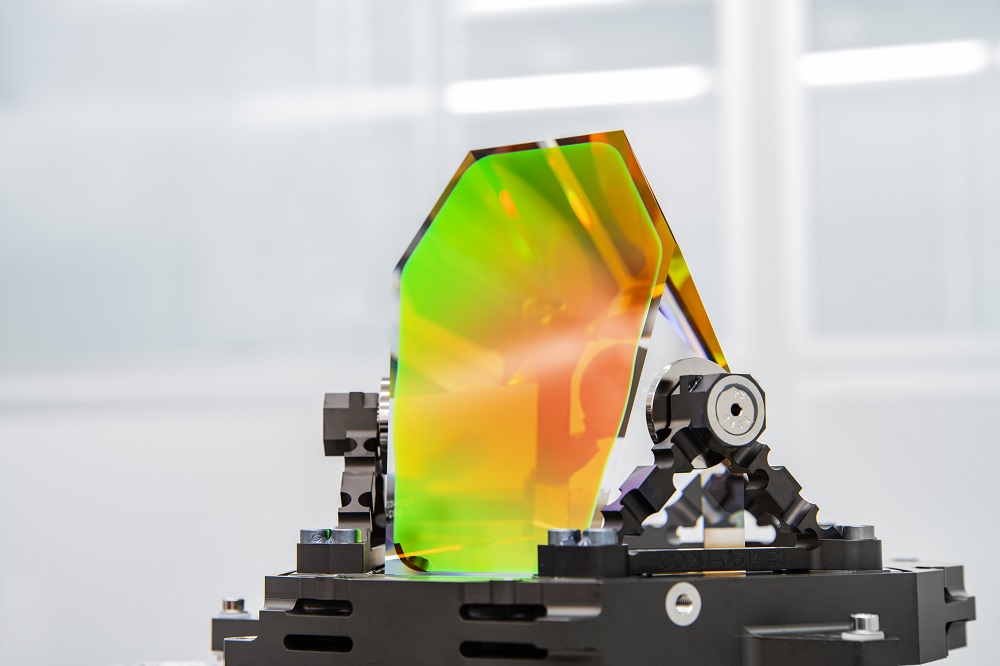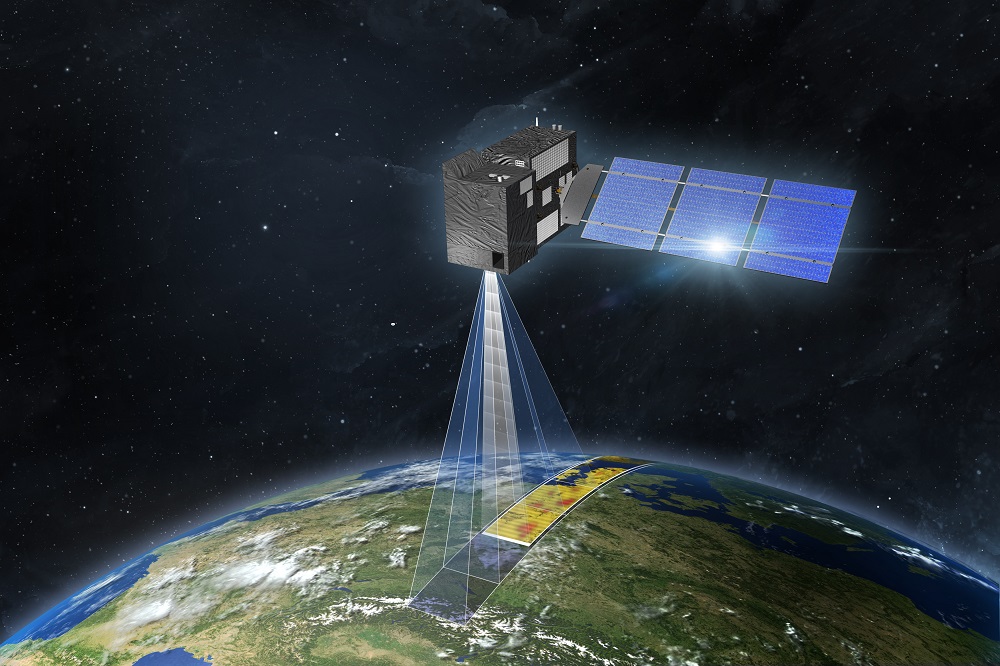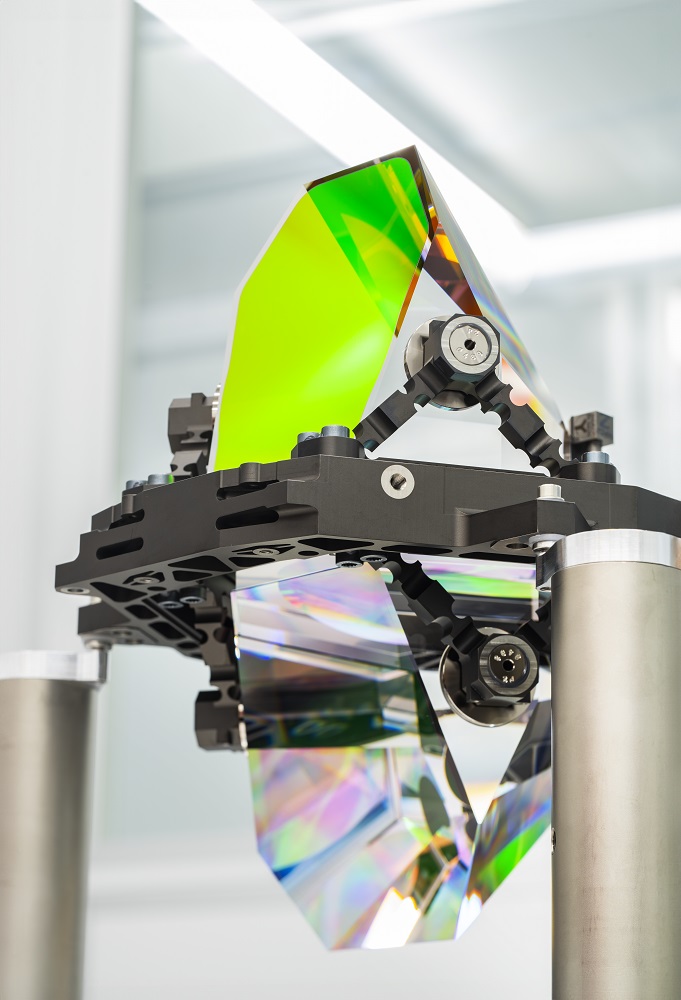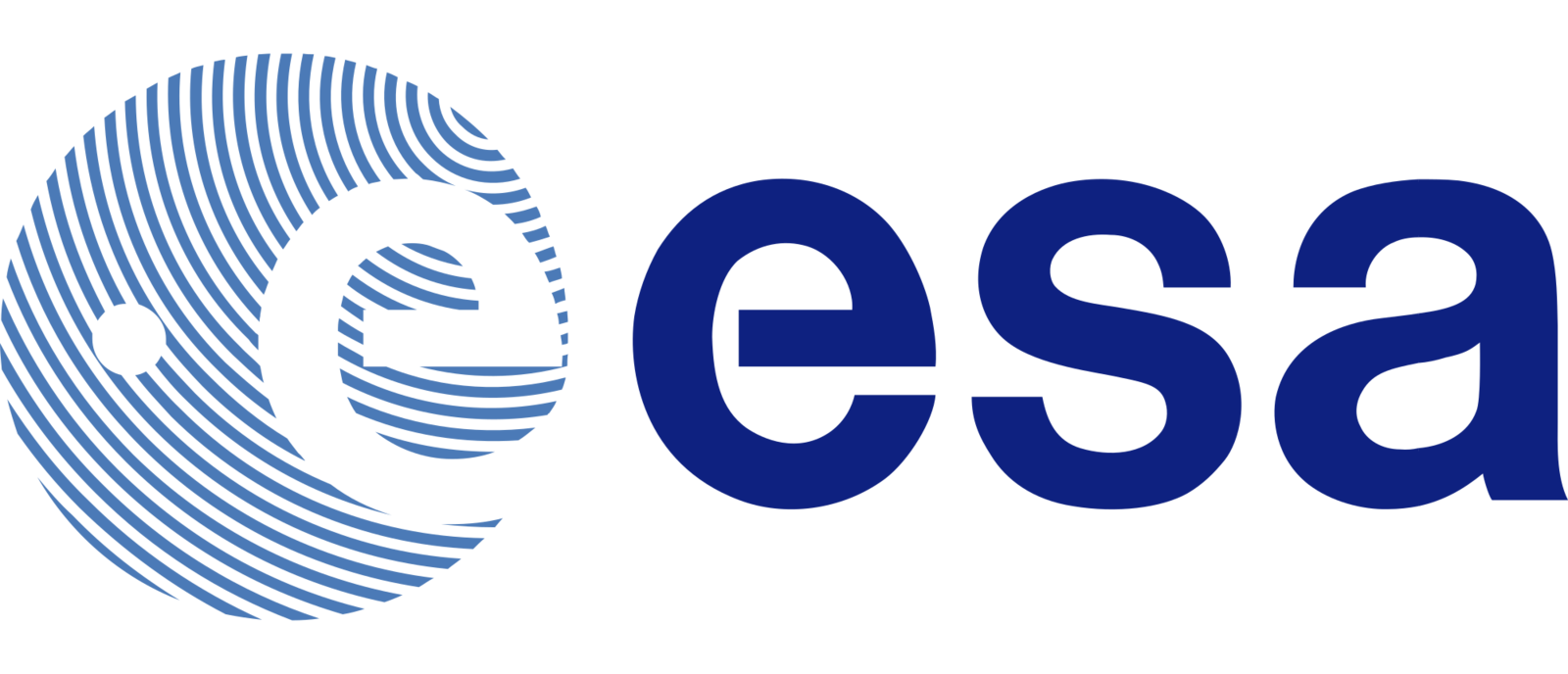Key component for the exact determination of man-made CO2 emissions comes from Jena
ESA CO2M Mission: Researchers From Jena Deliver Optics for Greenhouse Gas Monitoring
ESA's CO2M space mission aims to find out exactly how many CO₂ -greenhouse gas in Earth's atmosphere is caused by human activity. Researchers from Jena have developed and manufactured what is probably the most important optical assembly for the spectrometers on board the satellites: the disperser. It allows high-precision measurements of greenhouse gases and their concentration. The first airworthy assembly has now been fully delivered.
Greenhouse gases such as carbon dioxide (CO₂) are damaging our climate. In order to limit their negative effects, urgent questions arise, such as: When, where and how much CO₂ is emitted? How is it distributed in the atmosphere? And especially: How many of these gases are man-made?
The European Space Agency's (ESA) "Copernicus Anthropogenic Carbon Dioxide Monitoring" (CO2M) mission will address these questions with two Earth observation satellites starting in 2026. The satellites will work in a constellation and carry out high-resolution spectral measurements of atmospheric CO₂ in order to accurately map emissions from cities, countries and large industrial areas. To do this, the satellites will be equipped with infrared spectrometers.
Researchers from Jena have produced a key component for these spectrometers: the so-called disperser. "The disperser is the optical component for the spectrometer, " explains Thomas Höing. Höing is the project manager responsible at the Fraunhofer Institute for Applied Optics and Precision Engineering IOF. He explains the structure and function of the assembly: "The disperser consists of two prisms and a grating and acts as a kind of 'color splitter'. This means that it splits the light reflected from Earth very precisely into its spectral colors and thus enables high-precision measurements of the CO₂ content in Earth's atmosphere."
Measurement of greenhouse gases specifically caused by humans
In this case, high-precision means that the CO2M satellites can determine the carbon dioxide content of Earth's atmosphere at any location on our planet with an accuracy of less than one hundred CO2 particles per one billion molecules of air. Combined with a high spatial resolution, the satellites can analyze on a global level very precisely in which region and by which (human) sources the most emissions are released.
The CO2M mission will therefore not only contribute to a better understanding of the global carbon cycle, but ultimately also help to achieve the goals of the Paris Climate Agreement. "As an optics location, we are making an important contribution to limiting climate change, because CO2M will provide decision-makers with reliable figures," says the project manager, summing up the mission's objective.
One-of-a-kind combination of performance and size for optical gratings
These high-precision measurements are provided by the optical gratings built into the disperser, which were manufactured at Fraunhofer IOF in Jena. "The nanostructured gratings have a particularly high efficiency of more than 90% and a low degree of polarization of less than 10%," explains Thomas Höing. The size and performance of the disperser are currently one-of-a-kind in this form and are the result of extensive teamwork at Fraunhofer IOF. The head of the Department of Micro- and Nanostructured Optics, Dr. Falk Eilenberger, explains: "The performance parameters of the CO2M spectrometers are extreme. Especially in the combination of 'size plus efficiency plus polarization plus wavelength equals precision'. Gratings with this performance and size have never been seen before. And certainly not in combination with two prisms, which further increase the performance."
This is made possible by a special grating design developed at Fraunhofer IOF. Dr. Stefan Risse, head of the Department of Precision Optical Components and Systems, explains further: In our grating design, the grating grooves are filled with a highly refractive material and then interlayer-free, firmly joined to the prisms using a plasma-activated covalent bonding process. This optical system (disperser) is attached to a titanium interface structure using a special isostatic mount. Additively manufactured lightweight housings, various coatings and a light-scattering surface roughened with a laser also serve to minimize stray light. In this way, the spectrometer's signal-to-noise ratio is optimized."
Teamwork at Fraunhofer IOF
Even though Fraunhofer IOF has a lot of experience in such projects, CO2M is unique in terms of its complexity and demands. "Thomas Höing had to coordinate a team of more than 50 colleagues in five departments at the institute," summarizes Falk Eilenberger. "Hundreds of work steps had to interlock precisely in order to have a functioning instrument at the end. We invented some of the work steps specifically for CO2M. Some others have never been realized in this form or size before - and then for a space application with extreme documentation effort as well as time, cost and success pressure. The whole team has outdone itself in many areas."
CO2M: a European Union program
The CO2M mission is part of the European Copernicus program. It is one of six extension missions developed to expand the Earth observation capabilities of the Copernicus program. The series of missions is being implemented by ESA on behalf of the European Union.
The dispersers for the infrared spectrometers were developed and manufactured at Fraunhofer IOF on behalf of Thales Alenia Space, who is in charge of developing the complete CO2 measuring instrument (so called the CO2M Payload), in which the dispersers are integrated. The first airworthy assembly for use in space has now been completely handed over by Fraunhofer IOF to Thales Alenia Space. Further assemblies will follow over the course of the year.
Video © ESA
This video is provided by ESA for download at: https://www.esa.int/ESA_Multimedia/Videos/2023/12/Tracking_human_emissions_from_space

Disclaimer: Views and opinion expressed are however those of the author(s) only and the European Commission and/or ESA cannot be held responsible for any use which may be made of the information contained here.




